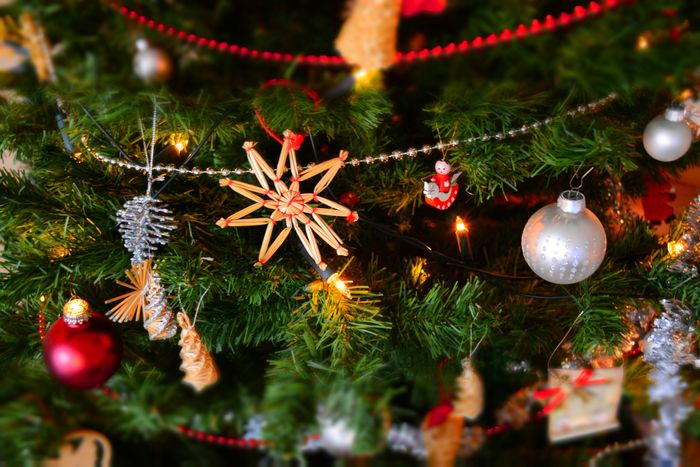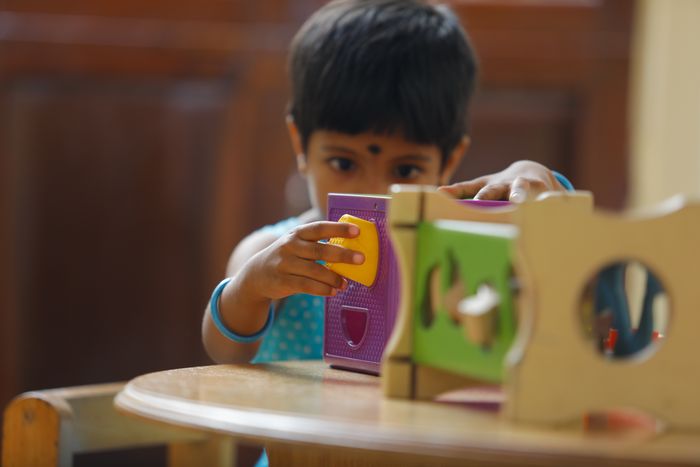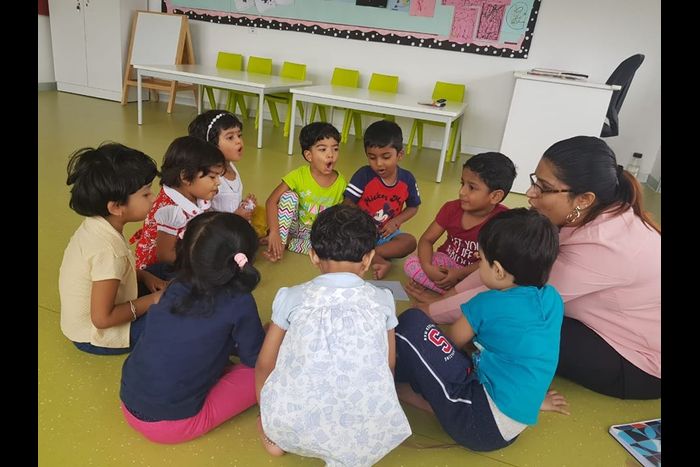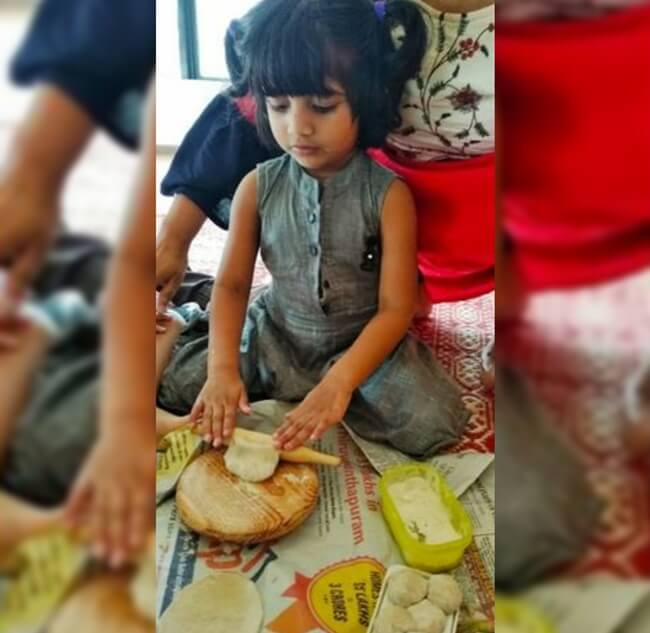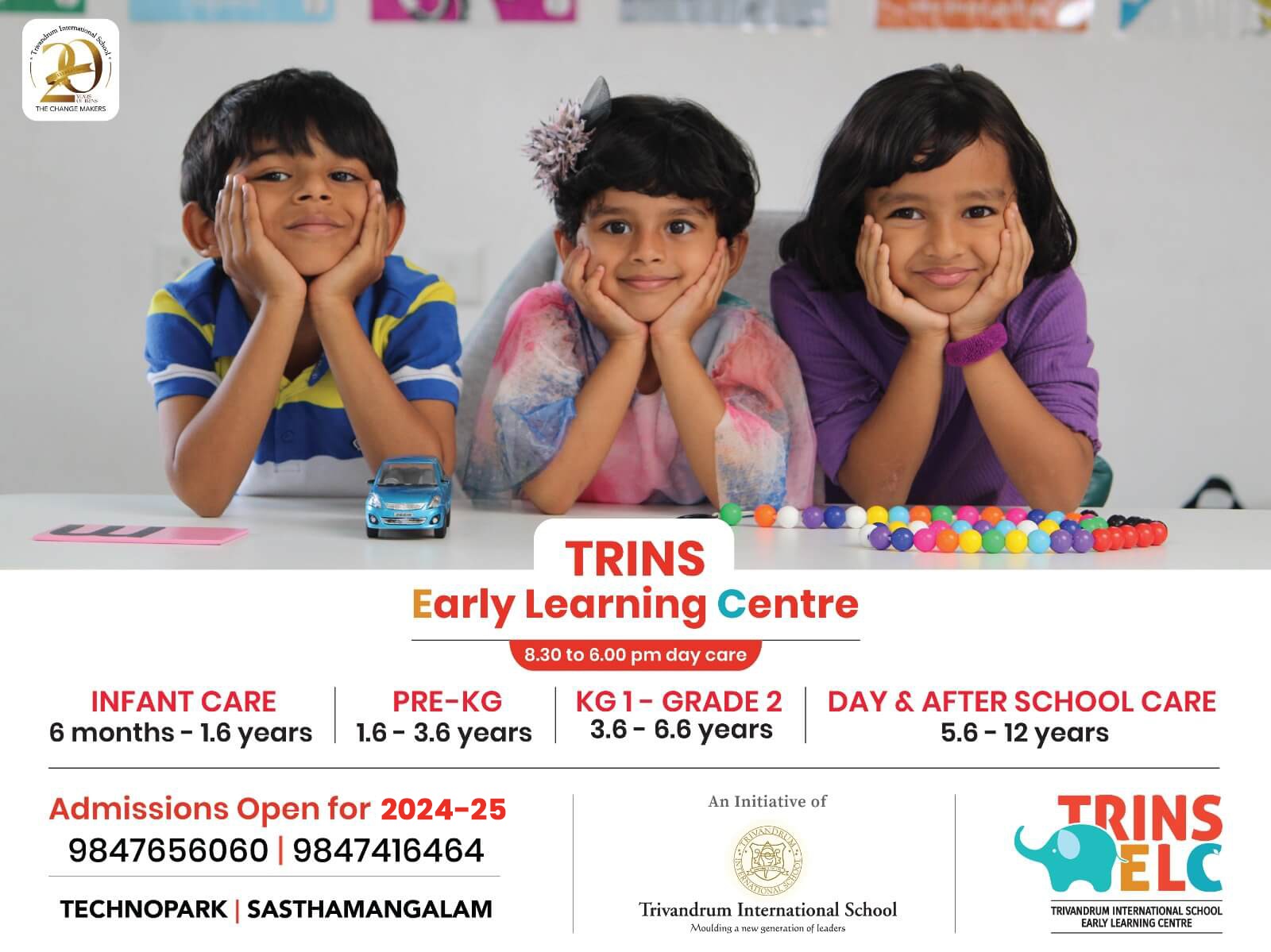


Fun Math Activities for First and Second Graders
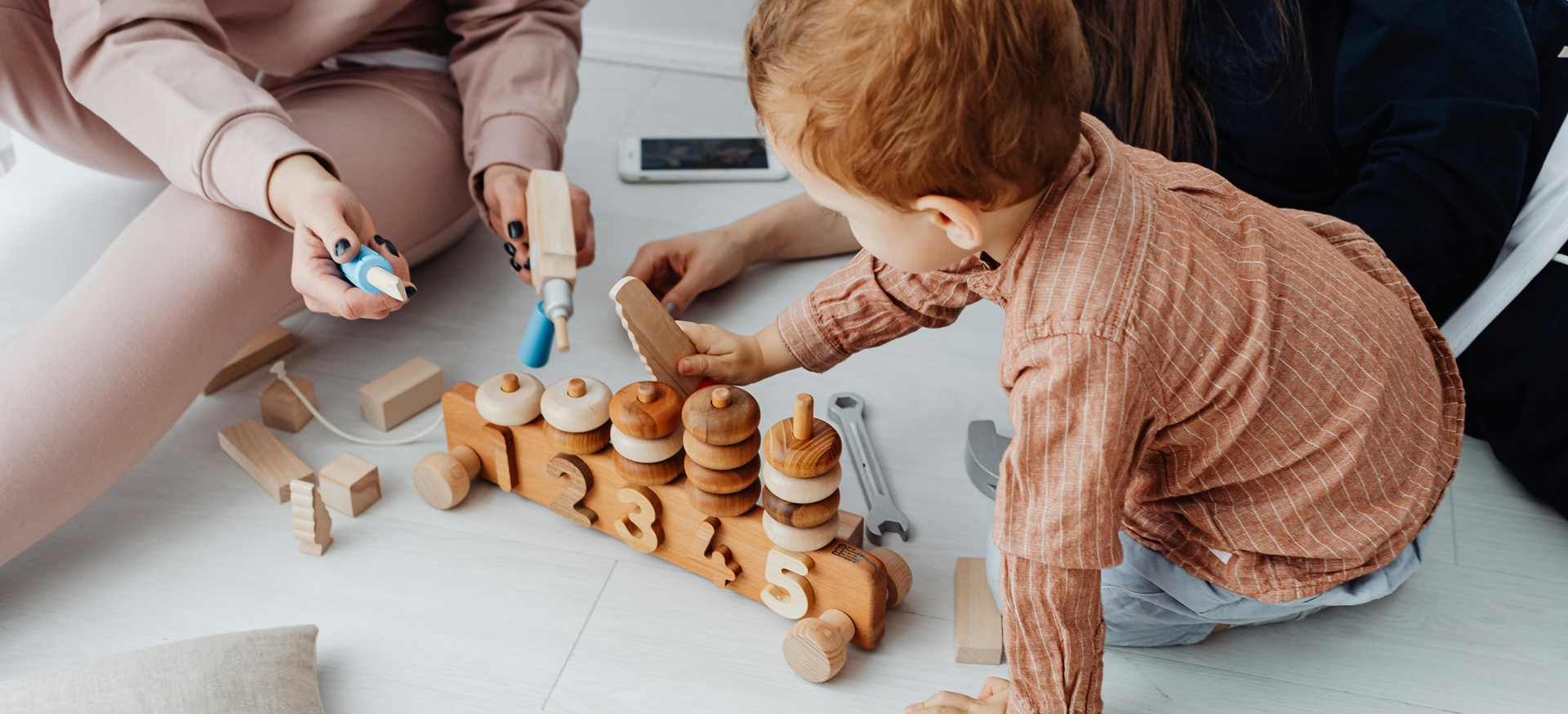
Mathematics is a vital skill that plays a role in almost every aspect of life. For young learners in the first and second grades, introducing math in a fun and engaging way not only helps build foundational skills but also fosters a positive attitude towards the subject. Here are some creative and enjoyable math activities designed for first and second graders that combine learning with fun.
The Role of Fun in Early Math Education
Children learn best when they are actively engaged and enjoying the process. Fun math activities encourage hands-on learning, problem-solving, and critical thinking, all of which are essential for developing a solid understanding of numbers and concepts. Additionally, interactive activities help reduce the fear of mathematics and make it a subject to look forward to.
Counting Games for Beginners
Counting is a fundamental skill that first and second graders need to master. Simple games like "Number Hopscotch" or "Count the Coins" can make learning to count enjoyable.
For example, in "Number Hopscotch," children can toss a small object onto a numbered grid drawn on the floor and hop through the numbers in sequence, counting aloud as they go. This not only reinforces number recognition but also builds physical coordination.
In "Count the Coins," children can practice recognising and counting different denominations of coins. Provide a mix of coins and challenge them to count the total value, which subtly introduces the concept of addition.
Using Everyday Objects to Teach Math
Everyday objects can serve as excellent tools for teaching math. Kitchen items like spoons, fruits, or plates can be used to teach concepts like addition, subtraction, and grouping. For instance, while setting the table, children can be asked, "If there are 4 people and each person needs 2 spoons, how many spoons do we need in total?" This kind of question integrates math into daily routines.
Similarly, building blocks or toys can help children visualise simple arithmetic problems. For example, if a child has 6 blocks and removes 2, they can physically see the remaining 4 blocks, making subtraction tangible.
Activity: Roll and Add
This simple activity involves dice and helps children practise addition. Each child rolls two dice and adds the numbers that appear. They can keep a score and compete with peers, making it a fun, social learning experience.
|
Dice Roll |
Sum |
|
3 + 4 |
7 |
|
2 + 6 |
8 |
|
1 + 5 |
6 |
Such games reinforce number bonds and addition fluency while introducing an element of competition.
Introduction to Shapes and Patterns
Shapes and patterns are a significant part of early mathematics. Engaging children with activities like "Shape Hunt" or "Pattern Making" can spark their curiosity.
In "Shape Hunt," children can look for specific shapes around the house or classroom, such as squares, circles, and triangles. They can draw what they find or count how many of each shape they spot.
"Pattern Making" involves giving children objects like beads or coloured paper and asking them to create repeating patterns. For instance, they could arrange objects in a red-blue-green sequence and continue it. This activity helps them understand symmetry, sequencing, and prediction.
Story-Based Word Problems
Introducing math concepts through stories makes them more relatable and engaging. Create simple stories involving characters and ask questions that require mathematical reasoning. For example:
"Ravi went to the market and bought 5 apples. His friend gave him 3 more. How many apples does Ravi have now?"
By presenting math problems in a story format, children relate the concepts to real-world scenarios, making learning more meaningful.
Measurement and Time Activities
Introducing measurement and time at an early age can be both fun and practical. Activities like "Measuring with a Ruler" or "Learning the Clock" allow children to explore these concepts.
For measurement, children can use a ruler to measure objects in their surroundings, like books or pencils, and compare lengths.
For time, a clock with movable hands is ideal for teaching. Ask questions like, "If the clock shows 3:00 and you read for 2 hours, what time will it be?" This activity helps children connect the abstract concept of time with their daily lives.
Fun math activities for first and second graders are a great way to instil a love for mathematics early on. By combining learning with play, these activities make math a part of children’s daily lives and nurture their confidence in handling numbers and problem-solving.

